Bouldering is a sport that incorporates rope-free climbing on man-made and natural rock walls. It is a really difficult and social sport. It calls for mental toughness in addition to physical strength.
Boulder issues are so-called because figuring out the sequence of moves required to climb them sometimes takes multiple tries. They range in difficulty from V0 to V16, with a grade that corresponds to that.
It's an athletic endeavor.
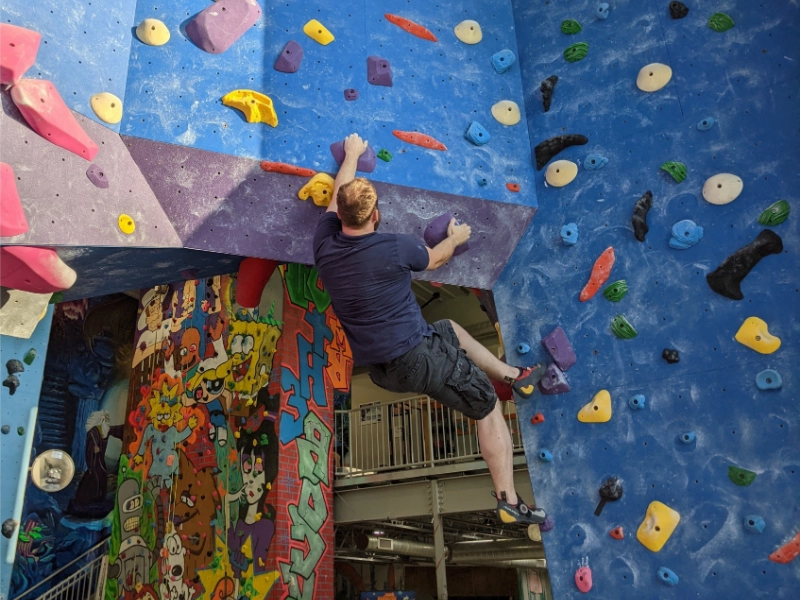
Bouldering is a sport in which participants scale natural or man-made walls or rocks at jumping height without the use of a rope or harness. Compared to traditional climbing, it offers several benefits, such as low gear costs, gym accessibility, and quick route completion times. To succeed, nevertheless, one must possess a high degree of physical fitness and self-control.
Before entering the wall, climbers should be able to envision the route and plan their steps. Additionally, some boulderers engage in a technique called "flashing," which involves doing the entire route in one attempt. Competitors frequently employ this technique since it gives climbers bonus points for finishing a route on their first attempt.
Boulderers have four minutes to attempt each task in a competition. Points are given for solving every challenge all the way to the top or for achieving a halfway hold known as a zone. The one with the most tops or zones wins the competition. Climbers can also gauge the complexity of boulder problems using grading scales like the Font Scale and the V Scale. These scales can differ from gym to gym and are not always applicable. Because of this variance, it's crucial to check out multiple bouldering locations before entering a competition.
It is a workout type.
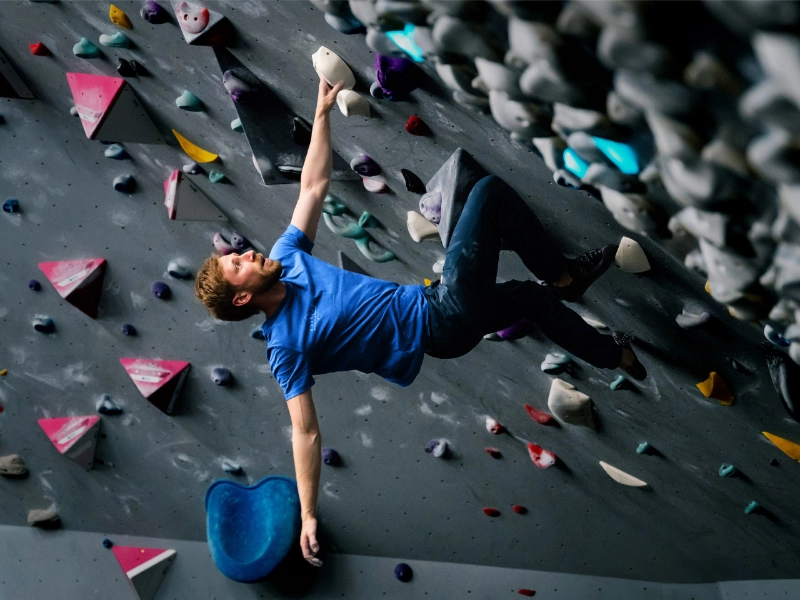
One of the best exercises for strengthening the arms and shoulders is climbing. It is also an excellent cerebral workout since you are forced to think outside the box and come up with fresh methods. Climbers congregate around trouble spots and offer encouragement to one another, making bouldering an extremely social sport. It is also a highly engaging activity because you can focus on a challenging maneuver for the duration of the session.
Boulderers refer to the routes they try to climb as "problems." They are usually small, with boulder peaks that are no higher than twenty feet. Boulderers must rely on their skills to identify each other and protect themselves from falls, while most rock climbers use ropes to secure themselves. Known for their dynamic movements, boulderers frequently "heel hook" onto holds or even jump from one support to another.
Bouldering demands a high level of physical endurance; you might have to try several times to solve a difficulty. Some trouble locations call for a heel hook, also called a dyno, when you slide your foot into a crevice to fill it; others call for a full-fingered hold, also called a crimp. Additionally, you'll need to have good balance in order to move your body quickly up and down a boulder's face.
It's a discipline.

One type of rock climbing that does not use ropes or harnesses is called bouldering. It can be performed outside on little rock formations or indoors on artificial grips. It calls for a trifecta of endurance, agility, and strength.
It also entails organizing and carrying out movements in a specific order. On top of that, solving a problem takes a lot of focused mental effort. For bouldering, grip strength is crucial, and you may strengthen your fingertips by performing exercises like finger curls and dead hangs. Bouldering is not only a great physical workout but also an enjoyable and difficult way to hang out with friends.
A bouldering competition is held on a series of 4-meter-high problems, commonly known as routes. A competitor's performance is evaluated on each challenge, and they have four minutes to try it out. The competitor who clears the most zones or climbs to the summit of the boulder wins. Climbers can participate both individually and as a team. Bouldering routes are frequently graded using a system where a higher number indicates a more challenging path. Because bouldering can be risky, it's critical to utilize sufficient cushioning and spotters. Experienced climbers are not immune to injury.


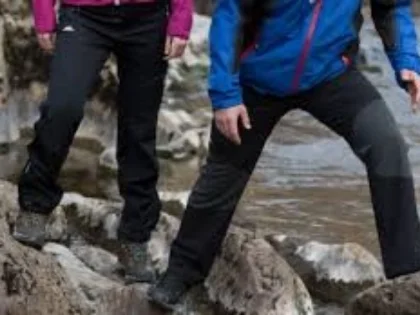
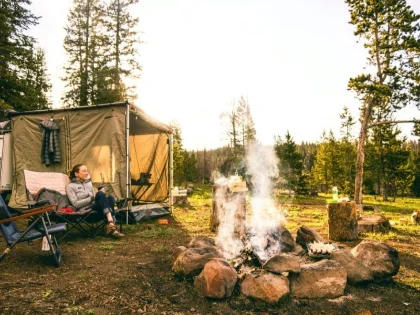
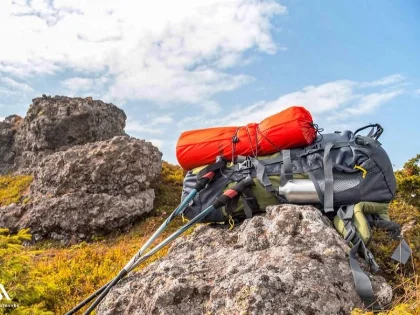



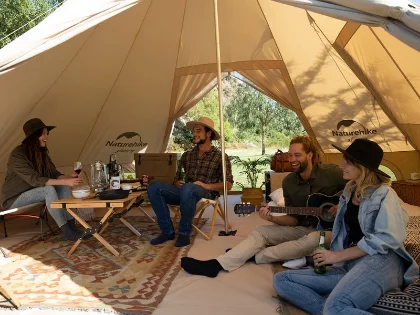
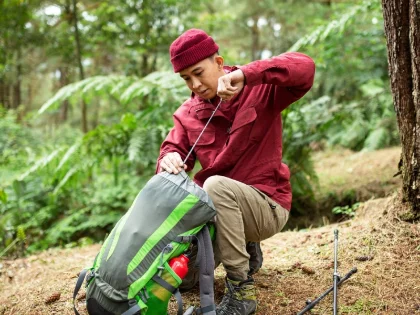


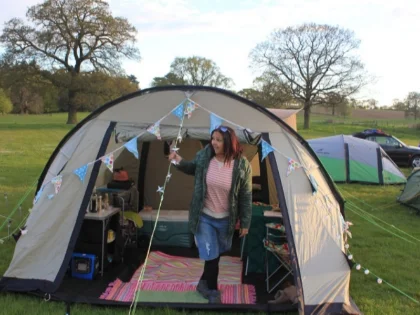
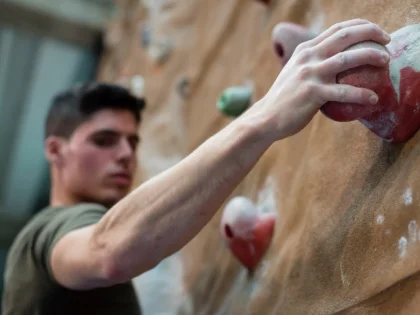
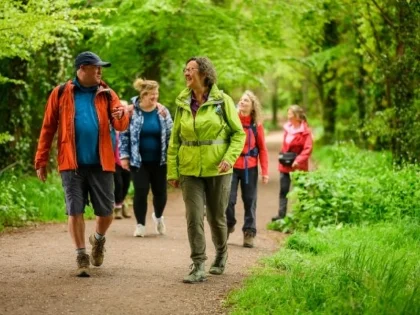



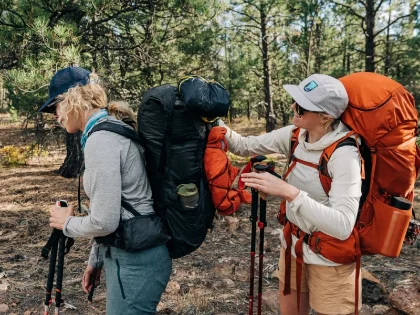

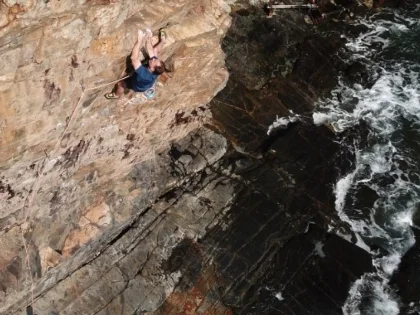


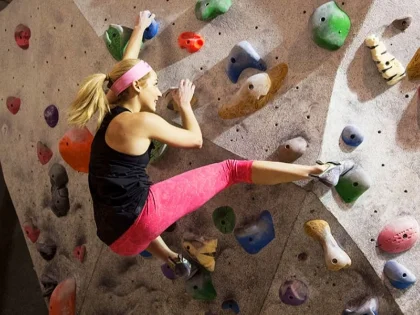
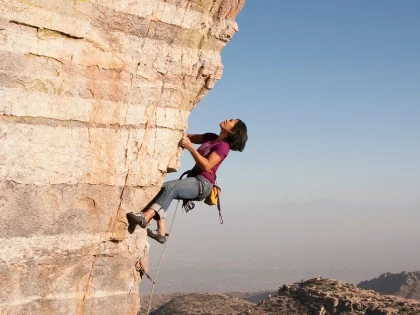
Comments
Leave a Comment
Your email address will not be published. Required fields are marked *